A.I. in AdWords: From sceptic to convert
Transcript:
Hi, I’m Duncan Jones from digital marketing agency Webprofits and I’m a recovering “Google A.I. Optimisation” sceptic.
Today I’ll go through why I used to be a sceptic, what’s changed and I’ll give you a breakdown on all of the options available for you to test.
I used to be a vocal sceptic of all of the A.I. and Machine Learning settings in Google AdWords and against our Google team’s regular suggestions we resisted switching any campaigns over.
Why?
Well, quite simply we’d tested these settings multiple times for clients over the past 6 or 7 years and it didn’t work.
We’d switch them on for a client who had consistent and improving results, and then would wait… results either declined, went haywire, or it ramped up the spend to Google’s benefit, but without many additional conversions.
So what’s changed?
Well firstly, AdWords campaigns have become more and more complex and there’s now so many ways you can adjust your cost per click bids based on a user’s location, the device their on, time and heaps more variables – and it’s now becoming near impossible to accurately set these bids for all of the variables manually.
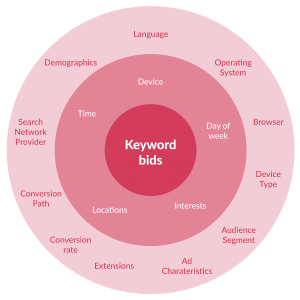
Secondly, Google have improved its A.I. and Machine Learning to the point where they are actually making a positive impact to campaigns and as we re-tested these bidding settings slowly over time, they actually started to work. Check out some of the improvements recently:
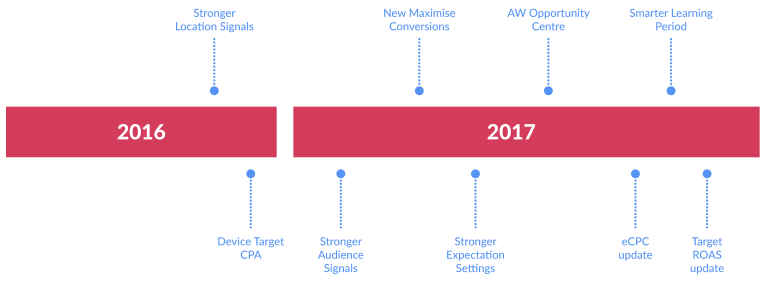
These two factors piqued our interest so we roped in an A.I. expert from Google to come in and present to our team.
Since then we’ve worked out the best way to use these settings and have been rolling out and testing A.I. across all eligible campaigns and results have been pretty promising.
Best practices
Before I take you through the options though there are a few things you need to do to get the best results:
Firstly, double check all conversions are being tracked correctly and that each conversion is valuable for your business and will actually have an impact on your growth.
Google will optimise based on the data that you give them so you need to make sure that you’re only counting things that matter.
Secondly, ensure you have built a best practice campaign, which has segmented ad groups, awesome ads and offers, relevant keywords and the right match type,
extensions in place and all the other common elements in high converting campaigns.
Thirdly, Google needs a lot of data to learn how to set its bids so the more you have, the better the results will be.
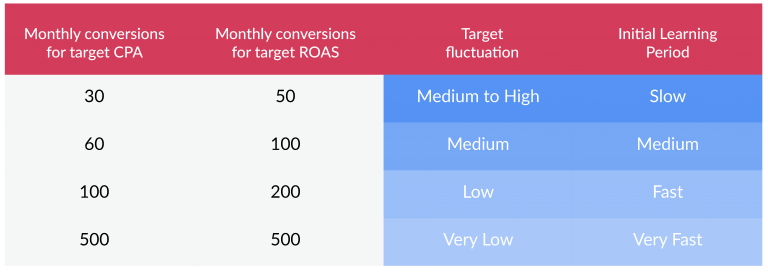
You should definitely wait until your campaigns have been running for at least two months and until you’re generating over 30 conversions per month before you test these bidding settings.
AI bidding options
If you meet those three requirements and you’re ready to move your campaigns over to Google’s A.I. bidding, there are a few different options that you can test.
Which one you should try depends on the type of campaign you’re running.
The most commonly used are:
- Enhanced Cost Per Click (eCPC): which will automatically adjust your bid up and down depending on if a conversion is likely or unlikely.
- Maximise Conversions: which will automatically set your bids to get as many conversions as possible within your campaign’s budget, but without caring about the Cost Per Conversion.
- Target Cost Per Acquisition (tCPA): which will automatically set your bids to get as many conversions as possible within your CPA goal, but with no target on volume of conversions.
- And Target ROAS (tROAS): which will automatically set bids to generate as much eCommerce revenue as possible within your target.
Each of those options will give you a recommended bid, be it a bid per conversion or a return on ad spend amount.
I would start with Google’s recommendation at first as if you bid too low or too high your campaigns won’t work effectively.
There are a few other automated bidding settings that I would be a bit careful with and would only apply for very specific campaigns if you know what you’re doing.
They are:
- Target Search Page Location: which will automatically target your ad to the top of search results or onto the first page.
- Target Outranking Share: which will let you automatically outbid and appear above a selected competitor’s ads.
- Maximise Clicks: which will automatically get you the most clicks possible out of a certain budget.
Whatever A.I. bidding option you select for your campaigns – make sure you’re patient, which I know, is really, really tough with digital marketing.
The campaigns will need time to learn and for the A.I. to test new bids so I would give it at least two months before you change anything because every bid or budget change you make during this time will reset the learning period.
If you have a campaign that’s already working and you’re scared to test automation you should take a look into bidding experiments where you can test a new bidding strategy on just 50% of the campaign, but it will take longer to get results.
Final thoughts
Since I’m still a recovering sceptic I’ll point out one concern I have before I finish up and that’s the power that Google is going to have if everyone has automation turned on.
With a flick of a switch they could increase every Cost Per Click on every keyword reaping themselves billions without too many advertisers ever noticing.
That’s a lot of power to wield and I do hope they use it wisely.
Despite this, these bidding options are working so advertisers should definitely move ahead with testing and implementation.
If there’s any other sceptics or converts out there – I would love to hear how these settings are going for you in the comments.
That’s it for now, thanks for watching.





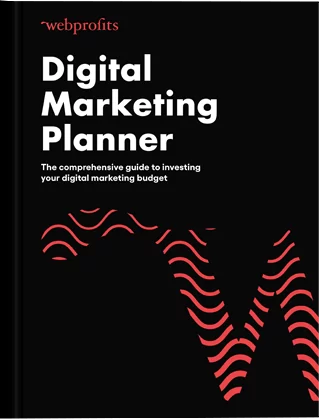
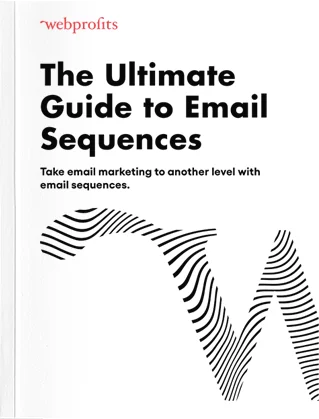
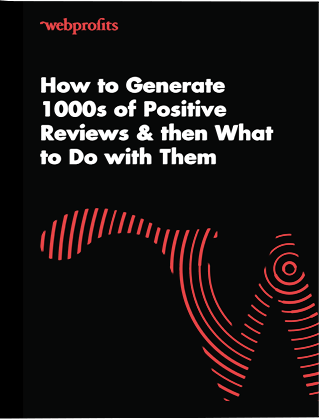
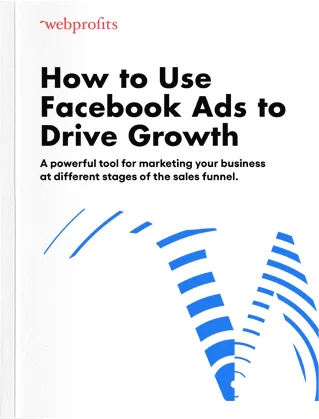
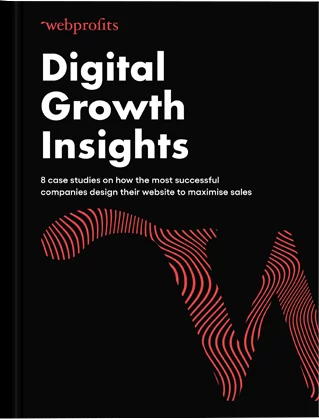
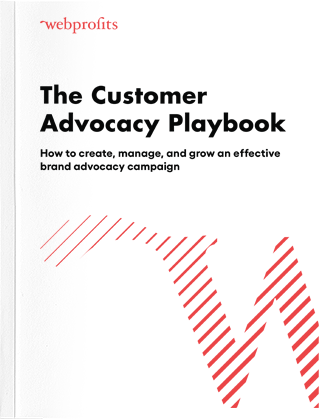
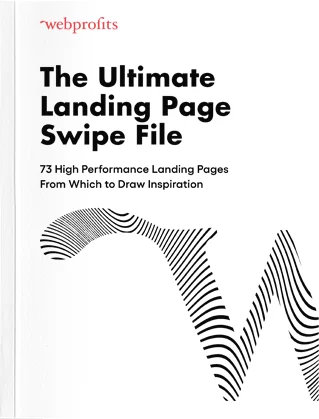

I am freelancer SEO specialist and this one is superb. This make the life of an SEO specialist a lot easier, I hope we will get more pros than cons because nowadays we are almost ruled by AI =)
I hope I can read more of your updates. Will be following more of your blog post.
Hey Duncan,
I am myself converting as you have. I think it is great that you also highlight the cons. One thing to point out is that AI mainly helps bigger advertisers with the budgets and accounts that create enough data. Mom and pop stores are definitely going to lose on these changes.
Great to hear Steven. Yes you’re right, the more data you have, the more the algorithm can learn and more accurately bid so the big guys will win. The Mom + Pop stores will have to spend time on rapidly optimising and improving their websites, products, offering etc to compete.